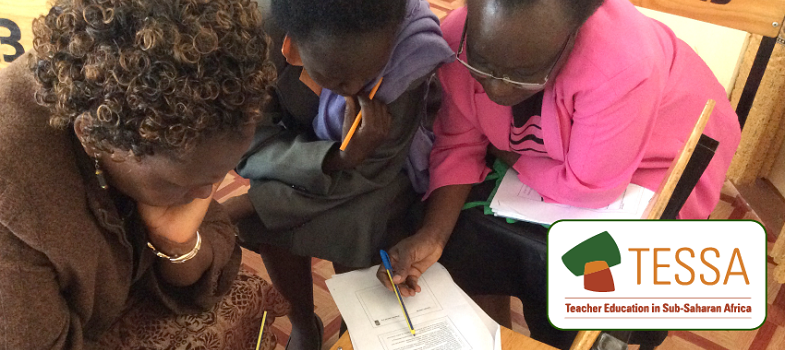2. Rights and duties and the community
We all live in a group or family, and our family is part of a group, such as a village or a community. Within our community we have rights and duties. This means we must do certain things in the community and the community must do, or provide, certain things for us. Resource 2: Rights of the child will help you prepare for this topic.
Pupils need to be able to meet expert people who are willing to talk with them about their ideas on this topic. This will help pupils to understand their responsibilities in the community and motivate them to learn. Before a visitor comes to your classroom, you may need to think about moving the furniture to make the atmosphere more welcoming. This will make the visitor feel comfortable and help the pupils’ learning because they can see and hear better. See Key Resource: Using the local community/environment as a resource [Tip: hold Ctrl and click a link to open it in a new tab. (Hide tip)] for further information.
Case Study 2: Organising the classroom to discuss community responsibilities
Mr Mabikke wanted his 48 Primary 4 pupils to discuss their community responsibilities. He decided that the layout of the classroom was not helpful for group discussion work so he made a plan for a new organisation of the desks. He discussed it with his head teacher, who approved the change. With a fellow teacher to help him, he reorganised the classroom into eight groups, each with three desks arranged to seat six pupils. The next day, the children were excited that the classroom was different. Mr Mabikke explained that the arrangement would mean they could do more group discussion.
He asked the pupils to discuss, in their groups, what the community provides for them – the rights of the people living in the community. But first he talked with them about taking turns to speak in their groups and listening to each other with respect. Each group was to make a poster showing the different things the community provides as their rights as members of the community.
His pupils knew that they also had duties along with rights so, in their groups, they discussed what their duties in the community were and then they marked these on their poster in a different colour and provided a key.
All the posters were displayed on the wall so the groups could see everyone’s ideas before they had a final discussion about which were most important rights and duties.
Activity 2: Using local experts to motivate pupils
- Discuss with your pupils their duties in the community.
- Guide their talk towards care for the environment, respecting people and property, taking care of each other. Organise the class into groups and ask the groups to make a poster, write a poem or a story, or draw a picture to show their ideas.
- Discuss their rights in the community – help them understand they have a right to education, to medical care, to be safe in the streets and their homes, and to speak their opinions.
- Talk about community leaders and other important people in your community. Make a list of all the people who serve the community.
- Decide who they would like to visit the school to tell them about their work in the community. It could be a village elder, a community leader, a political leader, a nurse, a librarian, a police officer or a religious leader.
- See Key Resource: Using the local community/environment as a resource for guidance. Arrange the visit and prepare questions with your class to ask the visitor.
- After the visit, discuss with the pupils what they found out about the work of the visitor.
1. Using pairs and groups to discuss rights and duties



